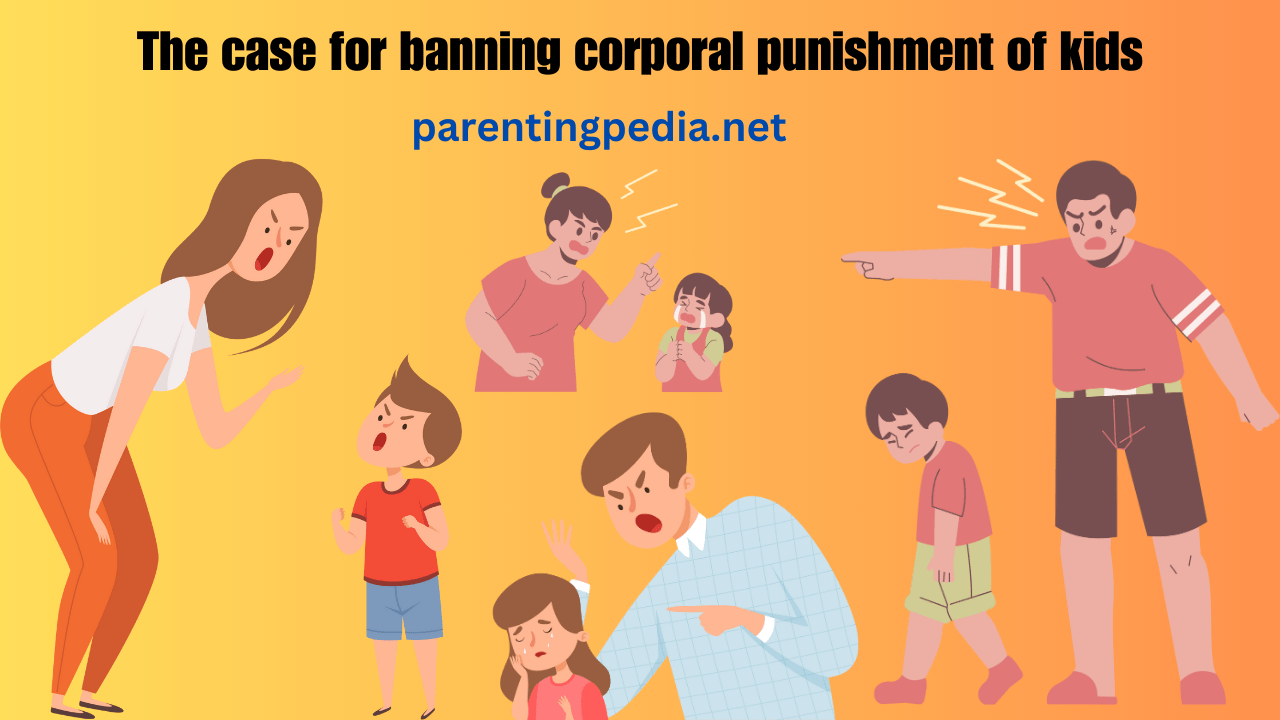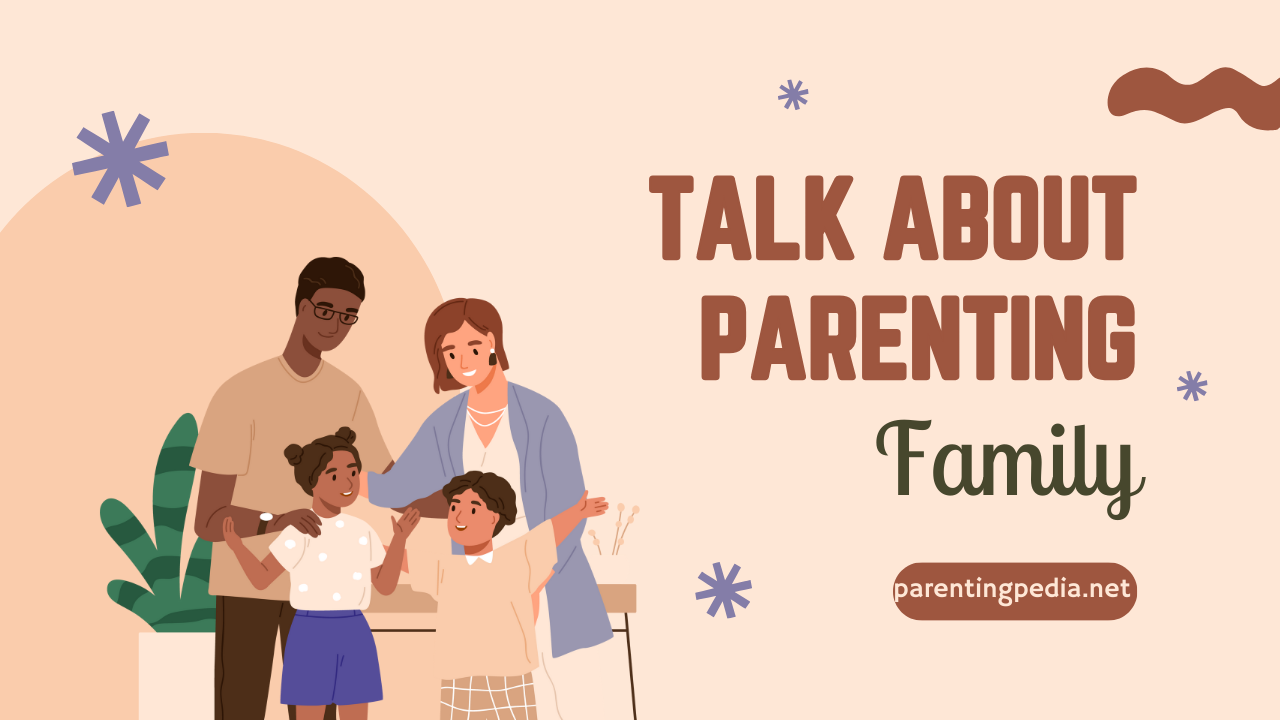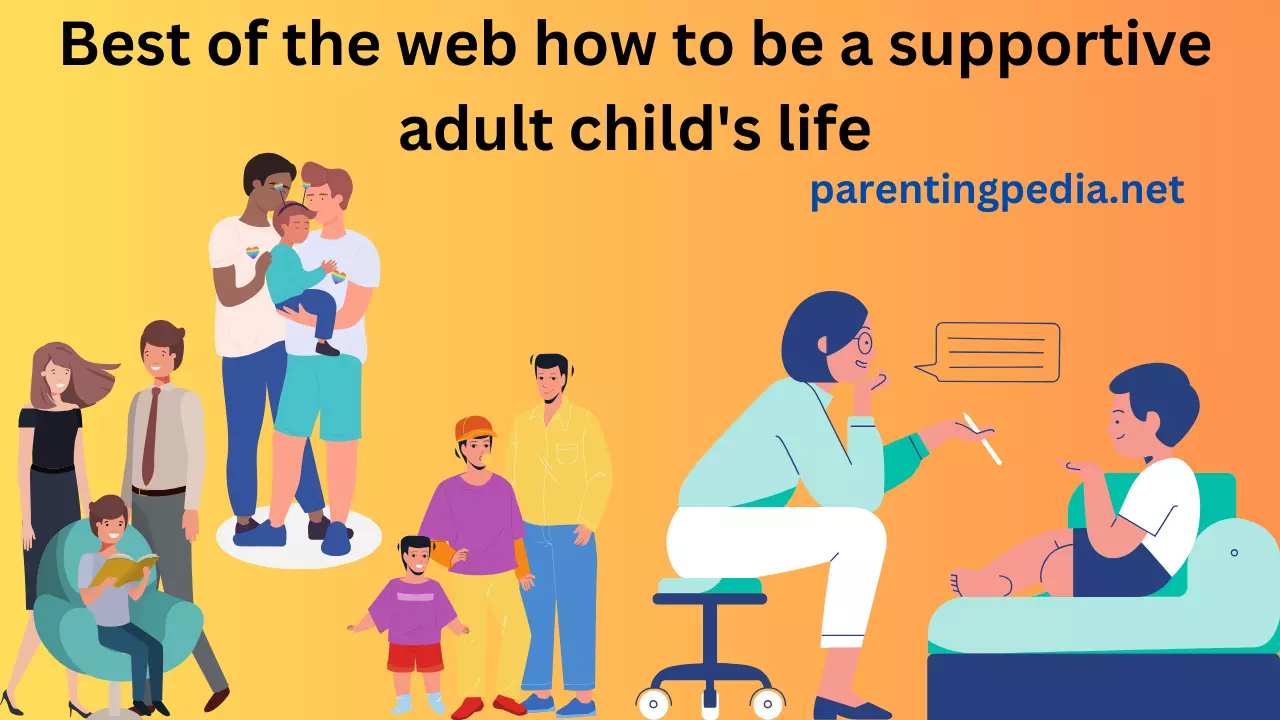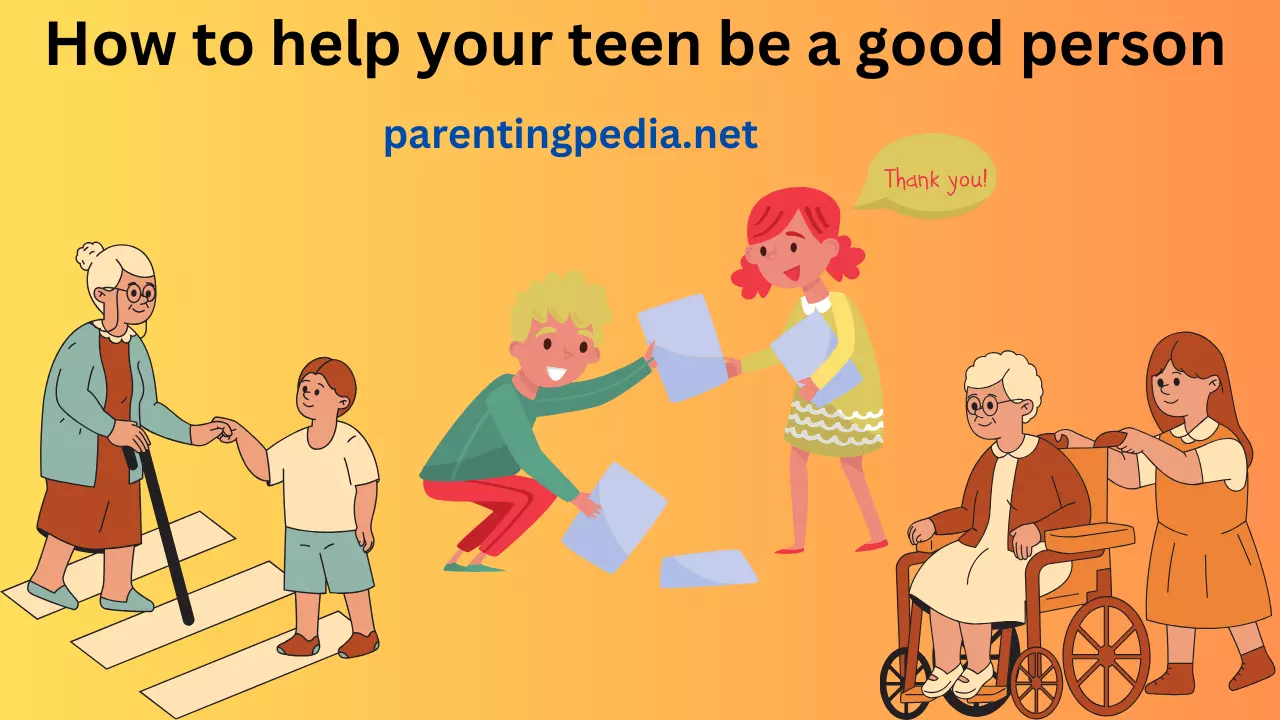Corporal Punishment like spanking, paddling or hitting does way more harm than good. It damages the trusting bond between parent and child and teaches kids that violence is an acceptable way to solve problems or influence behavior. Countless studies have shown that corporal punishment increases the risks of mental health issues, cognitive problems, and aggression in children.
There are many alternative discipline strategies that are more effective and respectful. It’s time to ban corporal punishment in all its forms.
Sometimes you can show that physical punishment. Our kids deserve to feel safe, nurtured, and supported as they grow into responsible, empathetic adults.
By eliminating corporal punishment, we can create a more compassionate society where children are respected and protected.
The Damaging Effects of Corporal Punishment on Children
Corporal punishment like spanking, hitting or paddling children can do serious harm. Studies show it often leads to more behavioral issues and mental health problems down the road.
The Physical and Emotional Effects
Physically harming children can cause pain, bruises, and even broken bones. It also humiliates and frightens them, damaging the parent-child bond of trust. Kids who are spanked or hit are more prone to aggression, delinquency, and spousal abuse than adults.
They may suffer from anxiety, depression, and low self-esteem. Harsh physical discipline makes children feel unloved and resentful. Instead of learning self-discipline, they become adept at avoiding getting caught.
Impaired Brain Development
Corporal punishment can negatively impact the developing brain. It activates the “fight or flight” response, elevating stress hormones like cortisol. Frequent activation of this response, especially in children, can alter the brain’s development and increase the risks of mental health issues.
The Cycle of Violence
Children often mimic their parents’ behavior. Harshly disciplined kids are more likely to physically punish their own children, continuing the cycle of abuse. They learn that violence is an acceptable way to resolve conflicts or change behavior.
Banning corporal punishment for children is an important step towards creating a more compassionate society. There are alternative discipline strategies that are more respectful and help build a trusting relationship between parents and children. Our kids deserve nothing less.
Why Banning Corporal Punishment in Schools Is a Must
Banning corporal punishment in schools is crucial for protecting children and supporting their healthy development.
Physical punishment teaches kids the wrong lesson
Using physical force to discipline children teaches them that violence is an acceptable way to resolve conflicts or problems. This can have lasting negative impacts on a child’s mental and emotional health, and promotes a culture where “might make right.”
It’s degrading and humiliating
Corporal punishment in schools humiliates children in front of their peers and undermines their dignity. This can severely damage a child’s self-esteem and trust in authority figures like teachers.
There are better alternatives
Positive discipline strategies like time-outs, behavior charts, and rewards are proven to be much more effective at correcting bad behavior in children. They teach kids proper conduct without resorting to violence. Schools should invest in training for teachers on alternative discipline techniques.
Most countries have banned it
Over 50 countries have prohibited corporal punishment in schools. It’s considered a human rights issue, with research showing it does much more harm than good. The U.S. is lagging far behind other developed nations on this.
Parents should support a ban too
While some parents argue that they alone should have the right to physically discipline their kids, corporal punishment in schools undermines this by subjecting children to violence from authorities outside the home. Parents should support ending this practice in schools.
Banning corporal punishment altogether promotes a safe, caring, and supportive learning environment for all children. It’s time for schools to adopt more constructive discipline policies that respect children’s basic human rights. Our kids deserve nothing less.
Join the Initiative to Ban Corporal Punishment Everywhere
School corporal punishment is legal in over 70 countries, yet there is widespread agreement among experts that it is harmful, unethical, and leads to poor educational and developmental outcomes for children. Corporal punishment should be banned in all settings, including schools, homes, and care centers.
Join the Initiative
You can join the initiative to end corporal punishment everywhere. Here are a few ways to help:
-Contact your political representatives and ask them to support legislation banning corporal punishment in schools and homes. Explain that it violates children’s human rights and negatively impacts their well-being and education.
-Sign petitions and write letters to education officials, politicians, and local school boards advocating for policy changes to prohibit corporal punishment. Make it clear that physically harming children is unacceptable.
-Educate others about the harms of corporal punishment and alternative non-violent discipline strategies. Share information on social media, write blog posts or letters to the editor for local media and give talks at community centers or places of worship.
-Report incidents of corporal punishment in schools to authorities like child protective services, law enforcement, and education oversight committees. Put pressure on them to properly investigate and take action.
-Support organizations campaigning to end all corporal punishment of children. Many accept donations or volunteers to help raise awareness, lobby governments and protect children’s rights.
Every small action makes a difference in creating change. There are many ways for people from all walks of life to get involved in this important movement. Collectively, we can work to ensure children everywhere feel safe, protected and able to learn and develop to their full potential. Banning corporal punishment is a crucial step towards that goal.
Alternatives to Corporal Punishment: Positive Discipline Strategies
Instead of corporal punishment, there are many alternative discipline strategies that are more constructive and respectful. These positive techniques can help guide kids to better behavior and build a trusting relationship.
Time-outs
Removing a child from the situation for a few minutes can help them calm down and reflect on their behavior. Have them sit alone in a designated spot, like a chair in the corner. Start with shorter periods (1-2 minutes) for younger kids and increase as they get older. Be consistent and follow through each time.
Behavior charts
For younger kids, behavior charts with stickers or rewards can be very effective. Have your child help determine appropriate behaviors and related rewards. Give lots of praise when they earn a sticker. Once they earn a certain number, provide the reward. This positive reinforcement will motivate them to keep up the good behavior.
Natural consequences
Allowing children to experience reasonable consequences for their actions helps them learn accountability. For example, if they don’t put their toys away, the toys get put in time-out, and not played with for a day. Be calm and follow through without lecturing. Explain your expectations and the consequences in a neutral tone.
Communication and listening
Make time to talk with your child and listen to them. Discuss better choices and options for handling situations that lead to misbehavior. Compromise when you can, as this shows them you respect their input. Stay patient and understanding. Yelling or harsh criticism will likely make the situation worse.
There are many resources for developing effective discipline strategies. Reach out to parenting organizations, counselors, or child development experts for guidance. With time and practice, you’ll gain confidence in using techniques that are not only kinder but also more likely to have a lasting impact.
The Importance of Ending All Forms of Physical Punishment
Ending corporal punishment of children is so important for their healthy development and well-being. As kids grow, their brains are developing rapidly. Harsh physical punishment can alter that development, potentially causing lasting harm.
Damaging Development
Corporal punishment like spanking, hitting, or slapping can negatively impact a child’s developing brain and body. It teaches kids that violence is an acceptable way to solve problems or express anger. This can lead to impaired ability to learn self-control and make good judgments. Physically punished children may also suffer from poor mental health, behavioral issues, and impaired relationships as they get older.
Breaking the Cycle
Many parents who use corporal punishment are physically punished as kids themselves. But that cycle can end with you. Educate yourself on alternative discipline strategies, and make a plan to avoid reacting in anger or frustration. Give yourself time to calm down before addressing your child’s behavior. Be consistent, and set clear rules and reasonable consequences when those rules are broken. Most of all, lead by example through your own words and actions.
Protecting Rights
Physically harming children violates their basic human rights to protection from violence. In many countries, corporal punishment has been banned in schools, and some have prohibited it in the home as well. Join the initiative to end all corporal punishment. Contact government representatives and advocate for laws protecting children from physical punishment. No child deserves to feel afraid or unsafe in their own home or school.
Ending corporal punishment is a vital step towards creating a society where children feel secure, respected, and empowered. Together, we can make that vision a reality. Our kids deserve nothing less.
Conclusion
That’s the compelling case for banning corporal punishment of children in schools and all settings. You have the power to help end this outdated and harmful practice. Raise your voice and take action – contact lawmakers and education officials, sign petitions and spread awareness on social media. Every small effort makes a difference in protecting children and shaping a kinder world for future generations. Kids deserve to feel safe, supported, and empowered in their learning environments. Together, we can make that happen by advocating for laws and policies that ban corporal punishment once and for all. The time for change is now. Be on the right side of history and join the movement to end corporal punishment of children. Our kids will thank us for it.
Remember, the greatest reward of parenting lies in watching
your children soar with love and confidence.
Till then keep smiling and be happy 😃
Worth Reading 👇
- Finding Balance Becoming a Screen Smart Family
- Best of the web when you’re teen asks for non-alcoholic beer and more
- Choosing the Best Musical Instrument for Children to Learn
- When Life Sucks: A Conversation with Psychiatrist and Comedian Dr. Jo Prendergast
- Getting kids to talk about their feelings
- The case for banning corporal punishment of kids
CategoriesParents
Exploring Parenting Styles and Media Use: A Deep Dive into Common Sence








